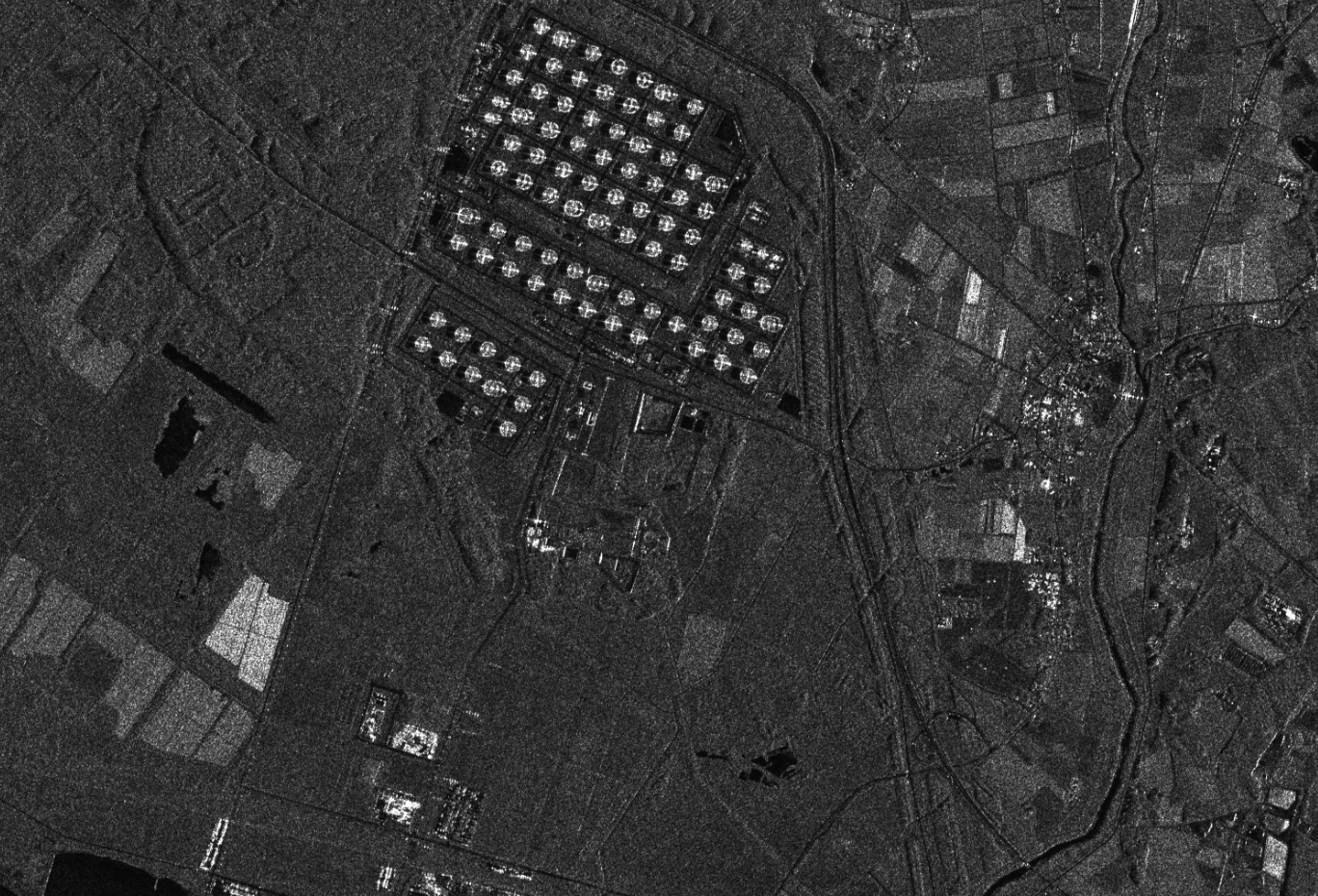In a remarkable leap of technological prowess, China has rapidly ascended in Synthetic Aperture Radar (SAR), demonstrating a formidable pace in space innovation. Just a three years after launching their first commercial satellites, China, bolstered by massive government investment in the billions and strategic military funding, is swiftly bridging the gap with global commercial satellite leaders, already demonstrating better capabilities than Airbus’s TerraSAR.
The turning point in China’s space ambitions can be traced back to the establishment of the “Strategic Support Force” (SSF), a division of the People’s Liberation Army (PLA). Within the SSF, the “Space Systems Department” (SSD) plays a pivotal role, orchestrating military space operations and innovations. This strategic alignment of military and space efforts has significantly propelled China’s advancements in the space domain.
A testament to their progress is the recent achievement of the Gaofen-3 (GF-3) satellite, which captured a striking image of the International Space Station, a feat celebrated and shared widely on social platforms such as Twitter. This has still not been accomplished by a commercial US SAR company. This accomplishment not only highlights China’s technical capabilities but also underscores their growing presence in the space sector.
However, it’s not just about technological milestones. China’s ambitious projections indicate a broader economic strategy. The nation predicts that by 2025, BeiDou’s products and services, an integral part of their space program, will be valued at a staggering $156 billion. This projection isn’t just a number; it’s a clear signal of China’s intent to become a dominant player in the global space economy. The real fear is, if China has dominance in commercial SAR, they will dominate in information and control how accurate the information is spread. The Chineses are known for spying on SAR providers, more here A former engineer at the Canadian Space Agency is accused of using his position to benefit a Chinese aerospace company and now faces criminal charges.
The implications of China’s rapid advancement are profound, especially for the United States. Analysts warn that without meaningful funding and support for U.S. commercial SAR, particularly for military applications, the U.S. risks falling behind. The current reliance on prime contractors and large corporations is increasingly seen as inadequate in the face of nimble startups and the burgeoning commercial space industry in China.
In conclusion, as China continues its relentless march forward in the SAR arena, the balance of space power is subtly shifting. The U.S., once the undisputed leader in space technology, now faces a formidable challenge. The race is on, and the need for strategic investment and innovation in commercial SAR, particularly for military use, has never been more urgent. The next few years will be crucial in determining whether the U.S. can keep pace with China’s meteoric rise in space technology, or if it will cede ground in this new frontier of global competition.

